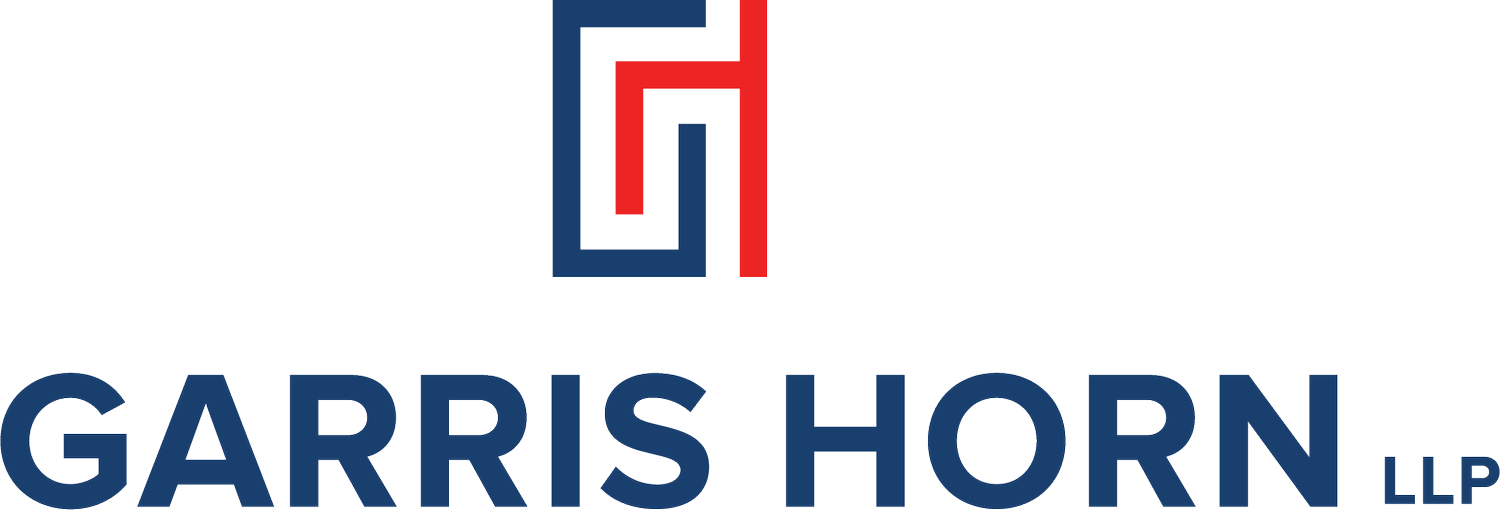CFPB Continues Efforts to Expand Fair Lending
The Consumer Financial Protection Bureau, on May 9, 2022, released an advisory opinion stating that the Equal Credit Opportunity Act applies to all aspects of the loan life cycle. The agency indicated that the advisory opinion was released under its Advisory Opinion Policy from 2020.
The recent advisory opinion specifically states that the anti-discrimination provisions in ECOA and Regulation B, the statute’s implementing regulation, apply when financial institutions and other lenders take action against existing credit arrangements. As such, lenders may not engage in prohibited discriminatory activity when revoking or making unfavorable changes to the terms of a loan or other type of credit.
The advisory opinion highlights the definition of an applicant, explaining that it means “any person who applies to a creditor directly for an extension, renewal, or continuation of credit, or applies to a creditor indirectly by use of an existing credit plan for an amount exceeding a previously established credit limit.” 15 USC 1691a(b). The CFPB asserts that Congress intended for ECOA to apply throughout every stage of credit transactions.
An important facet, in addition to anti-discrimination provisions, the advisory opinion indicates that creditors must comply with the adverse action requirements in Regulation B after granting credit. Therefore, creditors must comply with Regulation B’s adverse action notification requirements if any action is taken on credit during the post-application process.
Readers from the mortgage industry will recall that the scope of ECOA and Regulation B have been challenged in recent times, and the CFPB seems to be trying to get ahead of the issue.
For relevant documents, or other information, contact Troy Garris at 301-461-8952 or troy@garrishorn.com.
